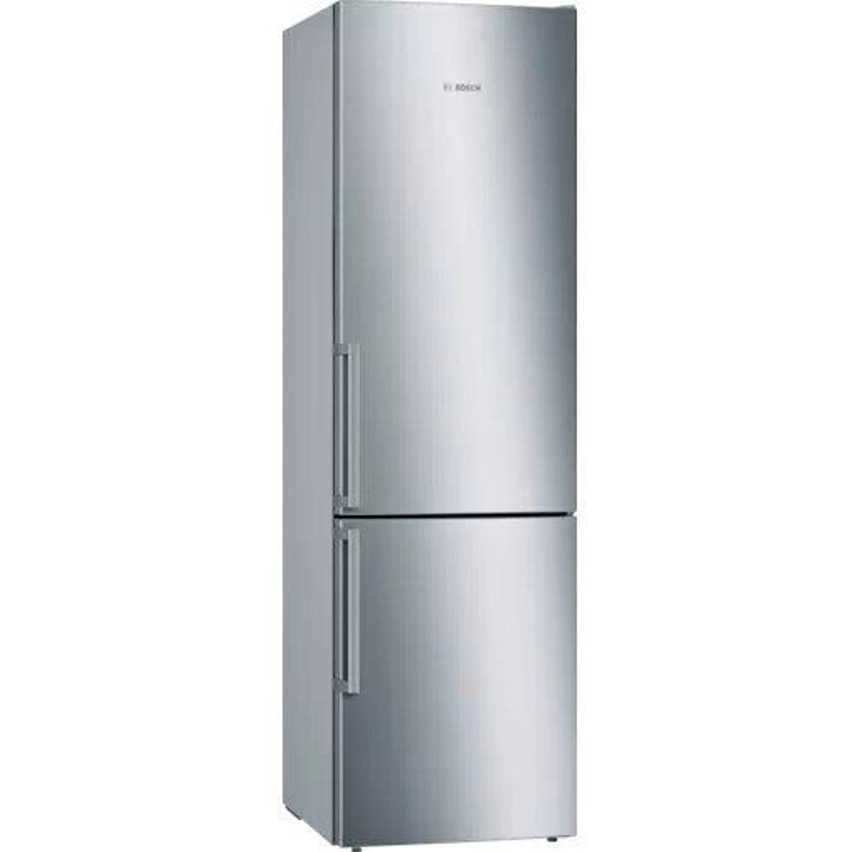10 Facts About Refrigerator With 0-Degree Zone Test That Can Instantly Put You In A Good Mood
The Refrigerator with 0-Degree Zone Test: A Comprehensive Examination
Refrigerators are an important device in modern-day families, contributing to food storage, preservation, and safety. Among numerous features in these appliances, the 0-degree zone sticks out as a considerable innovation, created to extend the freshness of meats, dairy products, and other disposable products. trivio-handel.de will explore the concept of a refrigerator with a 0-degree zone, its benefits, operational systems, aspects to consider when searching for one, and lastly provide insights into dry runs that can be conducted to assess their effectiveness.
What is a 0-Degree Zone?
A 0-degree zone, often referred to as a chill compartment or fresh food zone, keeps a temperature level near 0 ° F(-18 ° C). Unlike conventional fridges that run around 36 ° F to 40 ° F( 2 ° C to 4 ° C), this specialized zone is specifically crafted to keep perishable foods at optimal freshness levels for extended durations.
Table 1: Comparison of Temperature Zones in Refrigerators
Temperature Zone
Temperature Range
Suitable For
Freezer
-0 ° F to 0 ° F(
-18 ° C to -17 ° C) Long-term storage of frozen foods
0-Degree Zone
0 ° F to 5 ° F(-18 ° C to -15 ° C) Fresh meats, fish, and
dairy Refrigerator 36 ° F to 40 ° F(
2 ° C to 4 ° C) Vegetables, prepared food, beverages Crisper Drawer 32
° F to 36 ° F(0 ° C to 2 ° C)
Fruits and vegetables Advantages of
a 0-Degree Zone Extended Freshness: Foods saved
in a 0-degree zone
- last longer without ruining compared to those in routine refrigerator settings. Improved Food Safety: Maintaining a temperature level close to freezing inhibitsthe development of harmful bacteria on meats and dairy products. Much Better Texture and Flavor: Chefs and home cooks alike understand that meats saved at the appropriate temperaturekeep their texture and special flavors much better than those stored at greater temperature levels. Convenience: With designated locations for various kinds of food, organizing a refrigerator becomes much easier.****
**Table 2: Benefits of 0-Degree Zones Advantage Description Extended Freshness Foods stay fresh for longer durations. Food Safety Reduced threat of wasting and bacterial development
. Taste
Retention Maintains texture and improves taste profiles of foods. Organizational Ease Dedicated zones facilitate much better company.
**
Factors to Consider When Choosing a Refrigerator with a 0-Degree Zone 1.
Size and Capacity Selecting the ideal size for your kitchen area area is important. Step your kitchen area and assess your storage needs before making a choice. 2. Energy
Efficiency Consider energy scores.
Refrigerators with 0-degree zones can sometimes take in more energy, so search for models that offer energy efficiency. 3.
Temperature level Consistency Check temperature settings. Some fridges have adjustable settings, while others preserve a constant temperature. 4. Extra Features Try to find extra functions such as air filtering systems, adjustable shelving, door alarms, and humidity controls, which can improve general performance.
5. Price Range Compare prices
across different brands and designs. While a 0-degree zone includes value, it may likewise come with a greater price point.
Table 3: Factors to Consider Aspect Description Size and Capacity Guarantee the refrigerator fits your kitchen space. Energy Efficiency Look for models with great energy rankings. Temperature Control Adjustable settings for
optimal flexibility.
Additional Features Air filters, alarms, and humidity control alternatives. Price Range Compare rates to fit your budget. How to Test the Effectiveness
of the 0-Degree Zone When you have selected your
refrigerator
with a 0-degree zone
, comprehending how
to test its efficiency will guarantee you get the benefits
guaranteed. 1. Utilize a Thermometer
Place a refrigerator thermometer in the
**0-degree zone. After 24 hours, examine the
reading to assess whether it's regularly maintaining
**
**the preferred temperature level. 2. Conduct a
Food Safety Test Shop a variety of meats(for example, chicken
**
, beef, and fish)in the
0-degree zone and check after a couple of days
for wasting indications, such as staining and off-odors.
3. Evaluate Texture and Flavor Prepare and sample grocery store in the 0-degree zone to compare texture and flavor with those stored at regular refrigerator temperatures. 4. Display Energy Consumption If possible, keep an eye on the energy usage of your refrigerator over a month to establish usefulness versus its efficiency. Frequently Asked Questions (FAQ)1.
What foods are best fit for the 0-degree zone? The 0-degree zone is perfect for fresh meats, fish, dairy items, and specific herbs. These items benefit most from the colder temperature level, extending their freshness
. 2. Is it safe to keep all types of food in a 0-degree zone? Not all foods are suited for severe cold. For instance, the majority of vegetables and fruits need to be stored in greater temperature zones. 3. Can I store prepared food in the
0-degree zone? Yes, you can save cooked food in the 0-degree zone, particularly if it will be used rapidly, ensuring it maintains its quality.
4. How does the 0-degree zone compare to freezing? While both goal to maintain food, freezing stops any bacterial growth completely, while the 0-degree zone still keeps items fresh without freezing them solid. 5. Do all refrigerators come with a 0-degree zone? Not every refrigerator consists of a 0-degree zone
. When shopping, particularly search for models with this feature. In
conclusion, fridges equipped with a 0-degree zone are a valuable addition to any kitchen area, especially for those
